Home>Garden Essentials>What Tools Have Been Traditionally Used In Landscape Design?
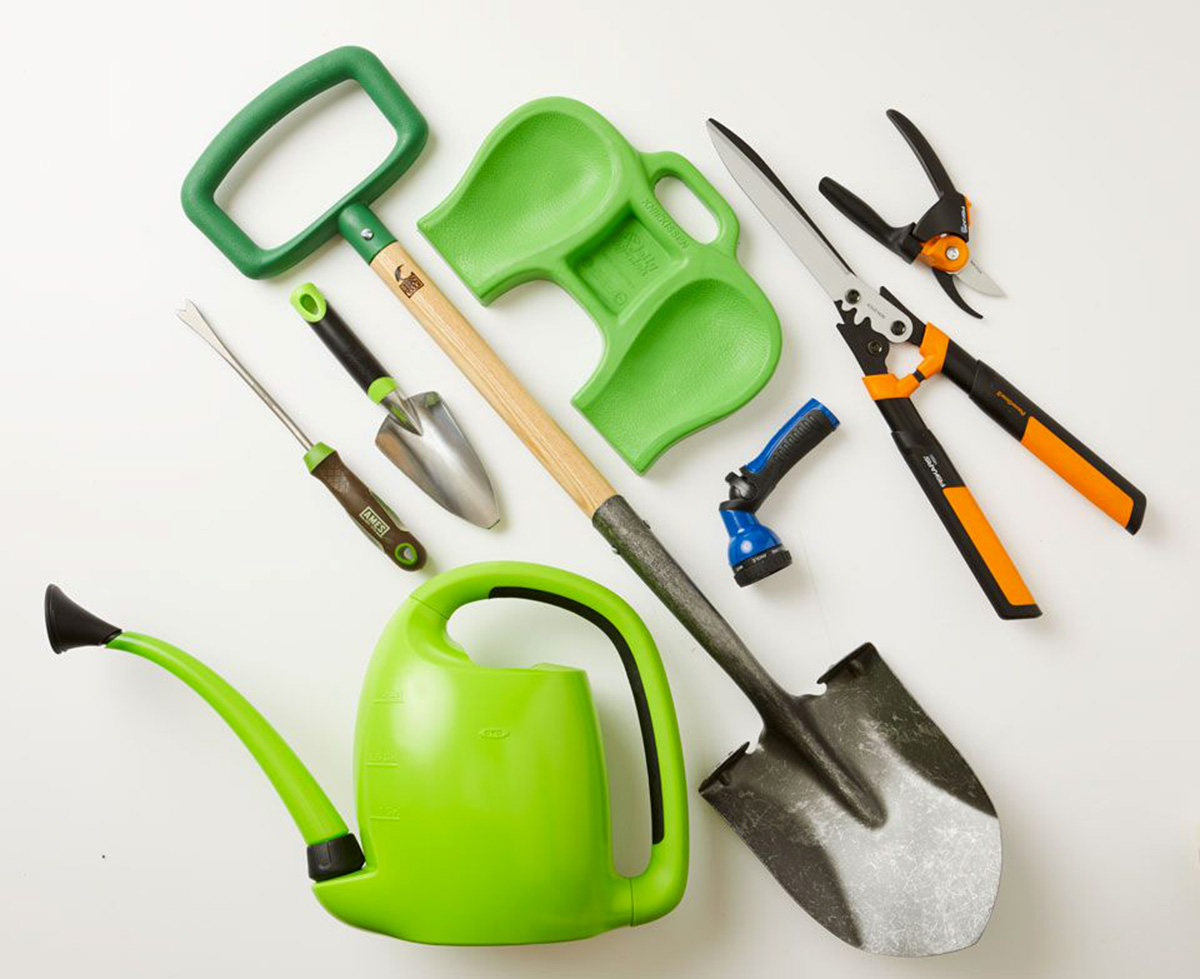

Garden Essentials
What Tools Have Been Traditionally Used In Landscape Design?
Modified: March 7, 2024
Discover the traditional tools used in garden landscape design and create stunning outdoor spaces. Find out more about the essential tools for transforming your garden.
(Many of the links in this article redirect to a specific reviewed product. Your purchase of these products through affiliate links helps to generate commission for Storables.com, at no extra cost. Learn more)
Introduction
Welcome to the world of landscape design, where creativity meets functionality to transform outdoor spaces into stunning and functional environments. To bring these visions to life, landscape designers have relied on a variety of tools throughout history. From the early days of garden design to the advanced tools of the modern era, these essential tools have played a crucial role in shaping beautiful outdoor landscapes.
In this article, we will explore the traditional tools that have been used in landscape design. These tools not only provide the means to carry out precise measurements and tasks, but they also contribute to the artistry and craftsmanship that define landscape design.
Whether you are a professional landscape designer or a passionate gardening enthusiast, understanding these traditional tools will not only deepen your knowledge but also allow you to appreciate the rich history of landscape design.
So, let’s dive into the world of landscape design and discover the essential tools that have been traditionally used throughout the years.
Key Takeaways:
- Traditional landscape design tools, like trowels and pruning shears, are essential for precise planting and maintenance, ensuring beautiful and healthy outdoor spaces.
- Measuring and surveying tools, such as tape measures and laser levels, provide accuracy for creating balanced and harmonious outdoor designs, enhancing the beauty of landscapes.
Hand Tools
When it comes to landscape design, hand tools are the backbone of every project. These tools are designed to be held and operated by hand, making them versatile and easy to use. Here are some of the most commonly used hand tools in landscape design:
- Garden Trowel: A garden trowel is a small handheld tool with a narrow blade and a pointed end. It is used for digging small holes, transplanting plants, and planting seeds. The trowel’s compact size allows for precise and controlled soil manipulation.
- Pruning Shears: Pruning shears, also known as secateurs or pruning clippers, are essential for maintaining healthy and well-shaped plants. These handheld tools are designed to trim and shape branches, remove dead foliage, and control the growth of plants. They are available in different sizes and styles to suit various pruning needs.
- Hedge Shears: Hedge shears are used specifically for trimming and shaping hedges and shrubs. They consist of long blades with serrated edges that allow for precise and clean cuts. Hedge shears come in various lengths and designs to cater to different hedge heights and shapes.
- Hand Pruner: Hand pruners, also called hand loppers or hand clippers, are designed for cutting thicker branches and stems. They have long handles with sharp cutting blades that can easily slice through woody material. Hand pruners are ideal for pruning larger plants and trees.
- Garden Fork: A garden fork is a versatile tool used for turning and aerating soil. It consists of several sturdy tines that penetrate the soil, allowing for better water and air circulation. Garden forks come in different sizes and designs, such as digging forks and border forks, to suit various soil types and gardening tasks.
These hand tools have stood the test of time and continue to be the go-to tools for landscape designers around the world. With their precise and efficient functionality, they enable designers to shape and refine outdoor spaces with ease.
Measuring and Surveying Tools
In landscape design, precision is key. Measuring and surveying tools play a crucial role in ensuring accurate placement and alignment of elements within the outdoor space. These tools help landscape designers map out the area, take measurements, and ensure proper positioning. Here are some commonly used measuring and surveying tools in landscape design:
- Tape Measure: A tape measure is an essential tool for measuring distances, dimensions, and heights. Landscape designers use tape measures to determine the size of the outdoor space, measure the length of pathways, and determine the dimensions of structures.
- Measuring Wheel: A measuring wheel, also known as a surveyor’s wheel, is a device with a rolling wheel attached to a handle. It is used to measure long distances more efficiently than a tape measure. Landscape designers rely on measuring wheels to measure the length of large outdoor areas, such as lawns, driveways, and walkways.
- Level: A level is a tool used to determine if a surface is horizontal or vertical. In landscape design, levels are essential for ensuring the proper alignment of structures, such as patios, retaining walls, and fences. They help achieve a visually pleasing and functional layout.
- String and Stakes: String and stakes are used in conjunction with a level to create straight lines and accurate boundaries. Landscape designers stretch string between stakes to establish the outline of planting beds, pathways, and other elements. This technique helps visualize the design and ensure precise placement.
- Surveying Equipment: For larger landscape projects, professional surveying equipment, such as total stations and GPS devices, may be used to accurately survey and map out the entire site. These tools allow designers to create detailed topographic maps, measure elevations, and plot precise coordinates.
By utilizing these measuring and surveying tools, landscape designers can ensure that their designs are implemented with precision and accuracy. These tools provide the necessary information to create an outdoor space that is visually appealing, functional, and aligned with the intended vision.
Cutting and Pruning Tools
Cutting and pruning tools are essential for maintaining the health and appearance of plants in a landscape design. These tools are designed to make clean and precise cuts, ensuring the proper growth and shape of plants. Here are some commonly used cutting and pruning tools in landscape design:
- Pruning Shears: Pruning shears, also known as secateurs or hand pruners, are handheld tools used for cutting small branches and stems. They have sharp blades that make clean cuts, promoting healthy growth and preventing damage to the plant.
- Lopping Shears: Lopping shears have long handles and large, strong blades. They are used for cutting thick branches and woody stems that cannot be easily reached with pruning shears.
- Hedge Trimmers: Hedge trimmers are electric or gas-powered tools with reciprocating blades. They are used to trim hedges and shrubs to maintain a neat and uniform appearance. Hedge trimmers come in different shapes and sizes, including handheld trimmers and long-reach trimmers for taller hedges.
- Pole Pruners: Pole pruners have extendable poles with pruning saw blades attached to the end. They are used to reach and prune branches that are high or difficult to access. Pole pruners are ideal for maintaining the shape and size of trees without the need for climbing or using a ladder.
- Pruning Saws: Pruning saws have sharp, serrated blades specifically designed for cutting through thick branches and woody material. They are useful for removing larger branches and making precise cuts where necessary.
These cutting and pruning tools are indispensable for maintaining the overall health and appearance of plants in a landscape design. Regular pruning helps control the growth, shape, and density of plants, leading to a well-maintained and visually appealing outdoor space.
Digging and Excavating Tools
Digging and excavating tools are essential for preparing the soil, creating planting beds, and installing hardscapes in a landscape design. These tools enable landscape designers to shape the land and create the foundation for a beautiful outdoor space. Here are some commonly used digging and excavating tools in landscape design:
- Shovels: Shovels are versatile tools with a flat, scooping blade. They are used for digging holes, moving soil, and transferring materials. There are different types of shovels available, including square-point shovels for digging trenches and round-point shovels for general digging tasks.
- Spades: Spades are similar to shovels but have a narrower and sharper blade. They are used for precise digging, cutting through roots, and edging planting beds. Spades are particularly useful in creating clean and defined borders in the landscape.
- Trenching Shovels: Trenching shovels have a long, narrow blade specifically designed for digging trenches and ditches. They allow for quick and efficient excavation of narrow and deep channels for drainage systems or irrigation lines.
- Post Hole Diggers: Post hole diggers are manually operated tools used for digging holes for fence posts, signposts, or other vertical structures. They have long, sharp blades that penetrate the soil and create neat, round holes with minimal effort.
- Augers: Augers are powered tools that are either handheld or attached to machinery. They have spiral-shaped blades that rotate, effectively drilling into the ground to create holes of various sizes. Augers are commonly used for larger-scale digging projects or when precision and depth are required.
These digging and excavating tools are essential for any landscape design project. They enable designers to prepare the soil, create planting areas, and install various elements, such as trees, shrubs, and structures. With the proper digging tools at hand, a landscape designer can turn a blank canvas into a well-prepared and beautifully crafted outdoor space.
Watering and Irrigation Tools
Proper watering and irrigation are crucial for the health and vitality of plants in a landscape design. Watering and irrigation tools help landscape designers efficiently distribute water to plants, ensuring they receive adequate moisture for optimal growth. Here are some commonly used watering and irrigation tools in landscape design:
- Watering Cans: Watering cans are handheld containers with a spout that allow for controlled watering of individual plants. They are ideal for small gardens, container plants, and areas where precision and careful watering are required.
- Hose and Sprinklers: A garden hose coupled with sprinklers is a classic and versatile watering method. Sprinklers are available in various types, including oscillating sprinklers, rotary sprinklers, and stationary sprinklers. They provide wide coverage for large areas, making them ideal for lawns and expansive gardens.
- Drip Irrigation Systems: Drip irrigation systems consist of a network of tubes and emitters that deliver water directly to the root zones of plants. This method ensures a slow, consistent supply of water, minimizing evaporation and water waste. Drip irrigation is efficient, cost-effective, and suitable for various types of plants and growing areas.
- Sprayers and Misters: Sprayers and misters are used for delivering a fine mist or spray of water to plants. They are particularly useful for delicate or heat-sensitive plants that require gentle watering. Sprayers and misters are also effective for applying foliar nutrients or pest control solutions.
- Timers and Controllers: Timers and controllers are crucial components of automated irrigation systems. They allow for precise scheduling and control of watering durations, frequency, and zones. With timers and controllers, landscape designers can ensure consistent and efficient irrigation, even when they are not present.
These watering and irrigation tools provide landscape designers with the means to deliver water effectively and efficiently, promoting the health and vitality of plants. By implementing appropriate watering methods and using the right tools, landscape designers can help create thriving and sustainable outdoor environments.
When researching traditional tools used in landscape design, consider looking into the history of gardening and landscaping to understand the evolution of tools and techniques. Look for resources that discuss the use of hand tools such as shovels, rakes, and hoes, as well as the development of power tools like lawnmowers and trimmers.
Planting Tools
Planting is a fundamental aspect of landscape design, and having the right tools can make the process efficient and effective. Planting tools are designed to create holes, place plants in the ground, and ensure proper positioning. Here are some commonly used planting tools in landscape design:
- Trowels: Trowels, both handheld and long-handled, are essential for digging small holes and transferring plants from pots to the ground. The narrow blade of a trowel allows for precise soil manipulation, making it easier to plant individual plants.
- Hand Transplanters: Hand transplanters are specialized tools specifically designed for transplanting plants. They have a narrow, pointed blade that can penetrate the soil easily, minimizing root disturbance. Hand transplanters make it easier to move plants without causing damage to their root systems.
- Bulb Planters: Bulb planters have a cylindrical shape with a hollow tube and a handle. They are used specifically for planting bulbs at the right depth in the soil. Bulb planters create uniform holes, ensuring proper spacing and consistent planting depth for bulbs.
- Dibble Bars: Dibble bars are long, sturdy metal bars with a pointed end. They are used for creating holes in the soil to accommodate larger plants, trees, or shrubs. Dibble bars make it easier to penetrate compacted soil and create deep planting holes.
- Planting Bags: Planting bags, also known as nursery bags or grow bags, are versatile containers used for planting a wide range of plants. They are typically made of sturdy fabric with handles for easy transportation. Planting bags allow for the growth and establishment of plants before they are ready to be transplanted into the ground.
These planting tools are essential for successful garden establishment and maintenance. They enable landscape designers to plant with precision and care, ensuring that each plant is properly positioned and given the best chance to thrive in its new environment.
Soil Management Tools
Creating and maintaining healthy soil is crucial for the success of any landscape design. Soil management tools help landscape designers improve soil quality, structure, and fertility, leading to optimal plant growth and vitality. Here are some commonly used soil management tools in landscape design:
- Soil Testing Kits: Soil testing kits are used to analyze the nutrient levels and pH balance of the soil. By understanding the soil’s composition, landscape designers can make informed decisions regarding fertilization and amendments to improve the soil’s health and suitability for different plant species.
- Soil Aeration Tools: Soil aeration tools, such as garden forks and aerators, are used to alleviate soil compaction by creating small holes or channels in the ground. This process improves the movement of air, water, and nutrients within the soil, promoting healthier root growth and overall plant health.
- Compost Bins and Composting Tools: Composting is an essential practice in soil management. Compost bins and composting tools, such as compost turners, help break down organic matter into nutrient-rich compost. Adding compost to the soil improves its fertility, structure, and moisture-retaining capacity.
- Mulching Tools: Mulching tools, such as pitchforks and rakes, are used to apply mulch to the soil surface. Mulch helps regulate soil temperature, suppress weed growth, and retain moisture. Mulching also adds organic matter to the soil as the mulch breaks down over time.
- Soil Amendments: Various soil amendments, such as organic matter, perlite, vermiculite, and soil conditioners, are used to improve soil texture, drainage, and fertility. Landscape designers use tools like spades or garden forks to incorporate these amendments into the soil, enhancing its overall quality.
Using these soil management tools allows landscape designers to create and maintain soil conditions that are favorable for plant growth and development. By improving soil quality, landscape designers can ensure that their designs thrive and create a healthy and sustainable outdoor environment.
Grading and Leveling Tools
Grading and leveling are crucial steps in landscape design that involve shaping the land to achieve proper drainage, create flat surfaces, and establish desired contours. Grading and leveling tools assist landscape designers in achieving precise and uniform elevations throughout the outdoor space. Here are some commonly used grading and leveling tools in landscape design:
- Grading Rakes: Grading rakes have long handles and sturdy, wide-toothed tines. They are used to spread and level soil, gravel, or other materials. Grading rakes help create even surfaces, removing bumps, and distributing materials uniformly.
- Laser Levels: Laser levels are advanced tools that use laser technology to project a level or plumb line across a surface. They are used to ensure precise leveling and alignment of hardscaping elements, such as patios, walkways, and retaining walls. Laser levels are particularly helpful for larger-scale projects or when a high level of accuracy is required.
- Box Blades: Box blades, also known as land graders or box scrapers, are attachments that can be mounted on tractors or skid steer loaders. They consist of a sturdy frame with multiple adjustable blades or teeth. Box blades are used to grade and level larger areas, such as driveways, parking lots, or construction sites.
- Concave Graders: Concave graders, also called landscaping rakes or pond levelers, feature a curved blade with teeth. They are designed to remove excess soil or level uneven areas. Concave graders are commonly used for smaller grading projects, such as reshaping planting beds or smoothing out minor slopes.
- Screed Boards: Screed boards are long, straight boards used to level and distribute materials, such as concrete or sand. They are typically used in the construction of hardscaping elements like patios, walkways, or driveways. Screed boards ensure a consistent and level surface for these structures.
By utilizing these grading and leveling tools, landscape designers can transform uneven terrains into well-graded and level surfaces. Proper grading and leveling not only improve aesthetics but also ensure proper drainage and functionality of the outdoor space.
Read more: What Is A Landscaping Rake Used For
Lighting and Electrical Tools
Lighting plays a critical role in landscape design, enhancing the beauty and functionality of outdoor spaces. Lighting and electrical tools help landscape designers create stunning lighting effects, provide safety and security, and bring the landscape to life during the evening hours. Here are some commonly used lighting and electrical tools in landscape design:
- Landscape Lighting Fixtures: Landscape lighting fixtures come in a variety of styles, including path lights, spotlights, floodlights, and deck lights. These fixtures are designed to accentuate architectural features, highlight plants and focal points, and provide illumination to pathways and outdoor living areas.
- Outdoor Transformers: Outdoor transformers are used to convert the voltage of the electrical supply to a low voltage suitable for landscape lighting. They are often equipped with multiple outputs to power several lighting fixtures simultaneously. Outdoor transformers ensure safe and efficient lighting operation.
- Lighting Timers and Controllers: Timers and controllers are used to automate lighting schedules, turning lights on and off at predetermined times. This convenient feature ensures consistent lighting and helps save energy. Controllers can also provide additional functionalities, such as dimming options or remote control.
- Junction Boxes and Wiring: Junction boxes are used for housing electrical connections, ensuring safety and preventing water infiltration. Landscape designers use wiring and connectors to supply power to lighting fixtures, creating a network of illuminated areas throughout the landscape.
- Electrical Tools: Various electrical tools, such as wire strippers, wire connectors, pliers, and screwdrivers, are necessary for the installation and maintenance of landscape lighting systems. These tools assist landscape designers in safely connecting and securing electrical components.
With the help of these lighting and electrical tools, landscape designers can create enchanting outdoor lighting scenes, providing ambiance, security, and functionality to the landscape. Whether it’s illuminating pathways, accentuating architectural features, or creating a warm and inviting outdoor living space, proper lighting enhances the overall beauty and functionality of the design.
Safety Tools and Equipment
Safety is a top priority in landscape design, and the use of appropriate safety tools and equipment is essential for the well-being of both the landscape designer and the project site. These tools and equipment help protect against potential hazards and ensure a safe working environment. Here are some commonly used safety tools and equipment in landscape design:
- Protective Gear: Protective gear includes items like safety glasses, gloves, hard hats, and ear protection. These are essential for safeguarding against eye injuries, hand injuries, head injuries, and hearing damage that may result from operating machinery, using power tools, or working in hazardous environments.
- Dust Masks and Respirators: Dust masks and respirators are used to protect against inhalation of dust, chemicals, and other airborne particles. They are particularly important when working with materials like soil, sand, fertilizers, pesticides, or when operating equipment that generates dust.
- First Aid Kits: First aid kits should always be readily available on any landscape project site. They contain essential supplies for providing immediate medical attention in case of minor injuries or accidents. First aid kits should be regularly inspected and replenished to ensure effectiveness.
- Safety Signs and Barricades: Safety signs, including warning signs and directional signs, help communicate potential hazards and guide individuals safely around the project site. Barricades are used to restrict access to hazardous areas or indicate areas under construction.
- Fire Extinguishers: Fire extinguishers are crucial for addressing potential fires caused by flammable materials, machinery malfunctions, or electrical issues. Different types of fire extinguishers may be required, depending on the specific risks present on the project site.
- Fall Protection Equipment: Fall protection equipment, such as harnesses, safety ropes, and anchor points, is necessary when working at heights. It helps prevent falls and ensures the safety of landscape designers performing tasks on elevated structures or using equipment such as aerial lifts or scaffolding.
By utilizing these safety tools and equipment, landscape designers can create a secure working environment and mitigate potential risks. Ensuring the safety of both themselves and others involved in the project allows for a smooth and successful execution of the landscape design plan.
Conclusion
In the world of landscape design, a wide array of tools has been traditionally used to bring outdoor spaces to life. These tools have played a fundamental role in shaping beautiful landscapes, ensuring precision, functionality, and aesthetic appeal. From hand tools to grading equipment, from lighting fixtures to safety gear, each tool serves a specific purpose in the overall landscape design process.
Hand tools, such as trowels, pruning shears, and garden forks, are the foundation of every landscape designer’s toolkit. These tools enable the precise manipulation of soil and plants, ensuring proper planting, pruning, and maintenance. Measuring and surveying tools, like tape measures and laser levels, provide the necessary accuracy for laying out designs and creating balanced and harmonious outdoor spaces. Cutting and pruning tools, such as lopping shears and hedge trimmers, help maintain the health and shape of plants, ensuring their longevity and beauty.
Digging and excavating tools, such as shovels and post hole diggers, allow landscape designers to shape the land and create the desired contours. Watering and irrigation tools, such as hose sprinklers and drip systems, play a vital role in supplying plants with the necessary water for optimal growth. Planting tools, including trowels and bulb planters, ensure proper placement of plants in the soil, facilitating their establishment and growth.
Soil management tools, such as soil testing kits and compost bins, contribute to the overall health and fertility of the soil, providing an ideal environment for plant growth. Grading and leveling tools, such as grading rakes and laser levels, help create visually pleasing and functional surfaces, ensuring proper drainage and accessibility. Lighting and electrical tools, such as landscape lighting fixtures and transformers, add ambiance, safety, and functionality to outdoor spaces, enhancing their beauty during the evening hours.
Lastly, safety tools and equipment, such as protective gear and first aid kits, prioritize the well-being of landscape designers and construction crews, ensuring a safe working environment throughout the project.
As technology continues to advance, new tools and equipment will undoubtedly emerge, enhancing the efficiency and creativity in landscape design. However, the traditional tools will always hold their value, reminding us of the craftsmanship and dedication that has shaped the outdoor landscapes we admire today.
So, whether you’re a professional landscape designer or a passionate gardening enthusiast, understanding and utilizing these traditional tools will not only deepen your knowledge and skills but also allow you to appreciate the time-honored practices and artistry of landscape design.
So go ahead, grab your tools, and start creating your own masterpiece in the garden!
Frequently Asked Questions about What Tools Have Been Traditionally Used In Landscape Design?
Was this page helpful?
At Storables.com, we guarantee accurate and reliable information. Our content, validated by Expert Board Contributors, is crafted following stringent Editorial Policies. We're committed to providing you with well-researched, expert-backed insights for all your informational needs.

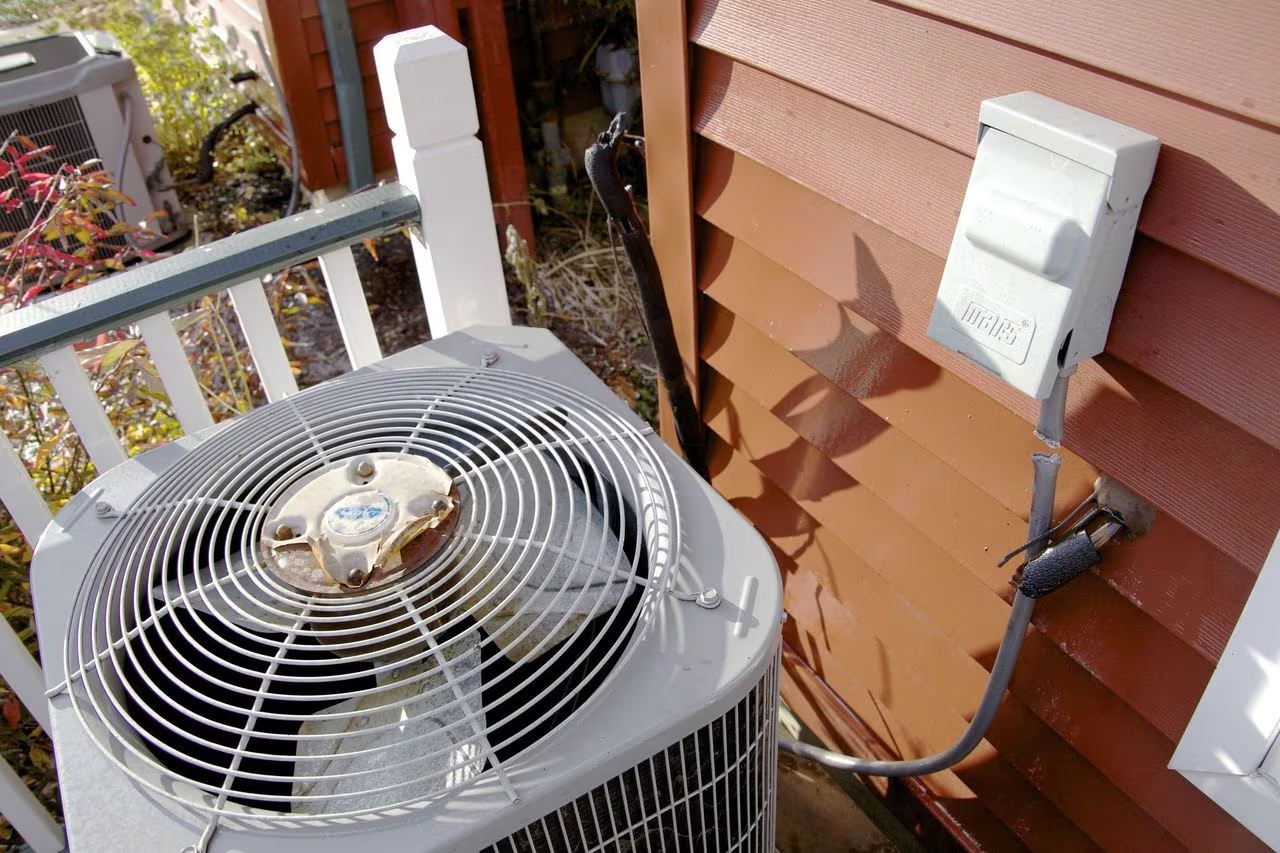

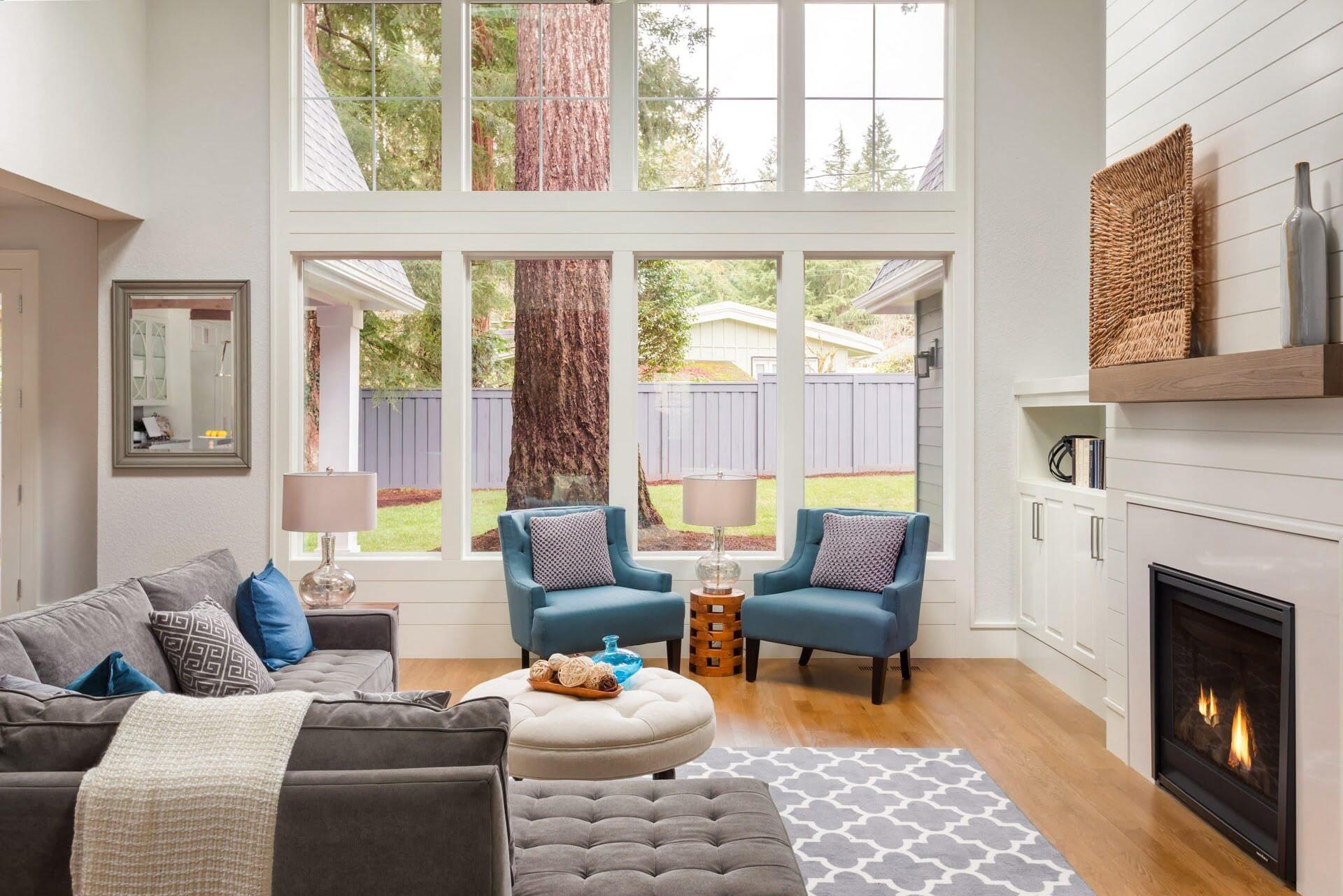

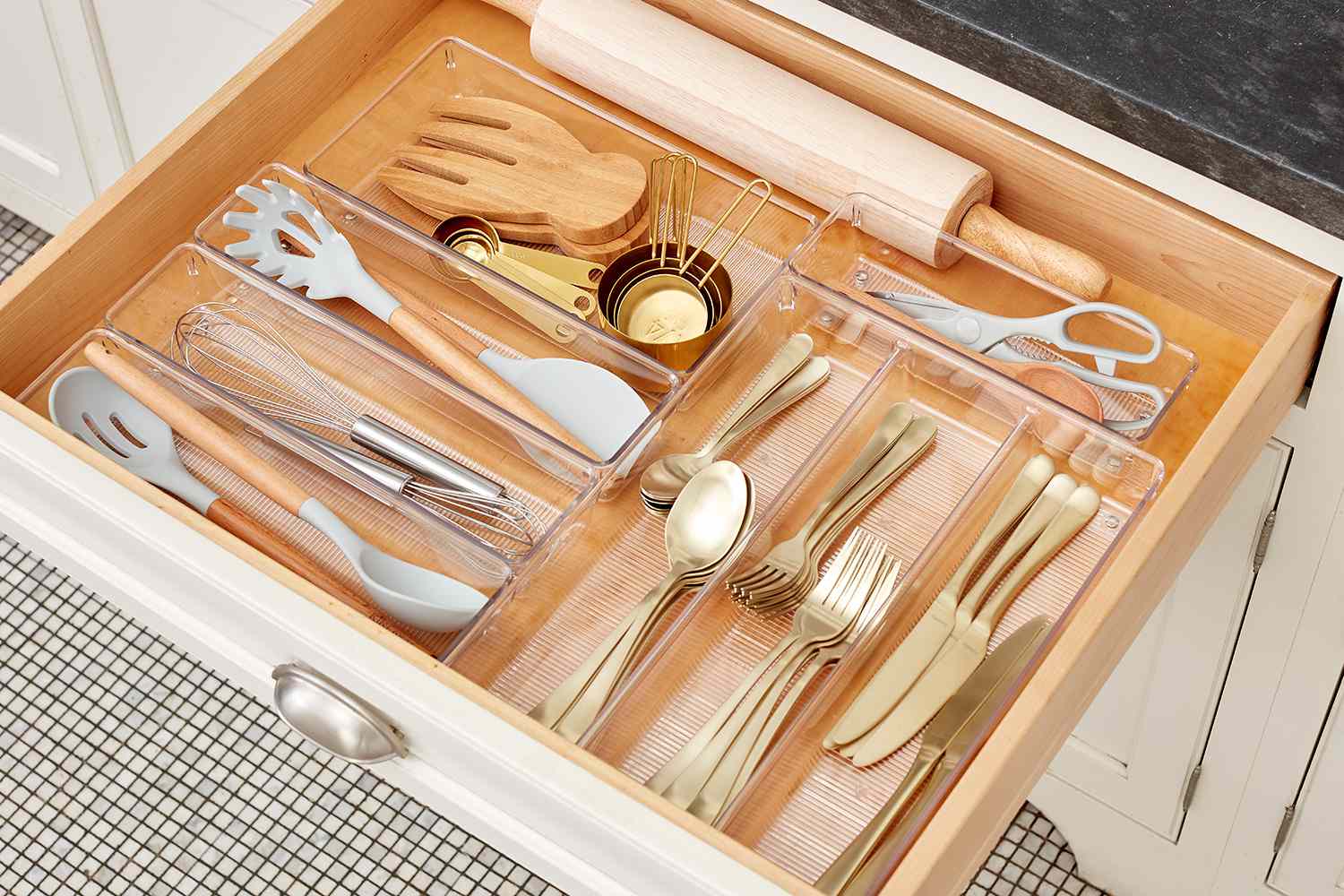
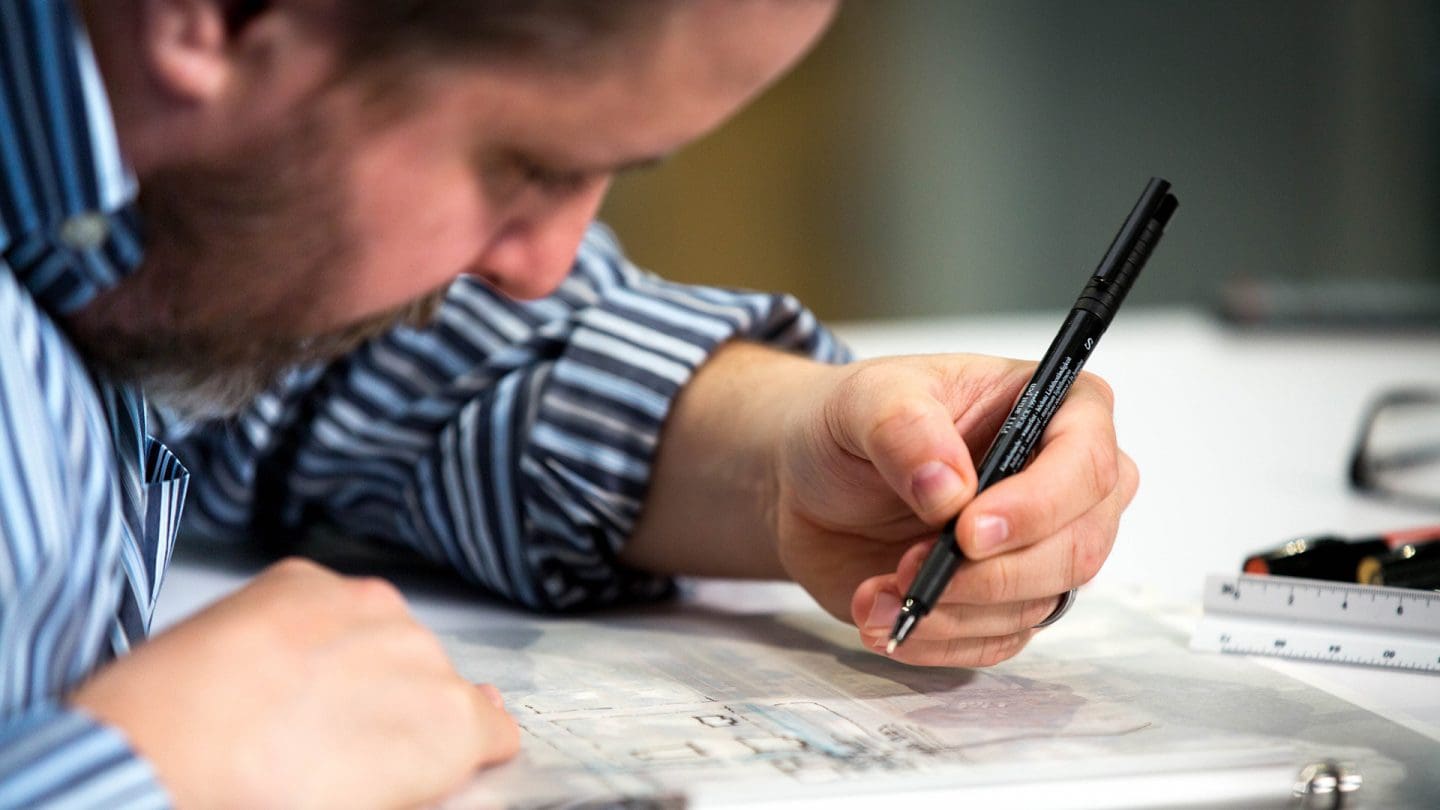

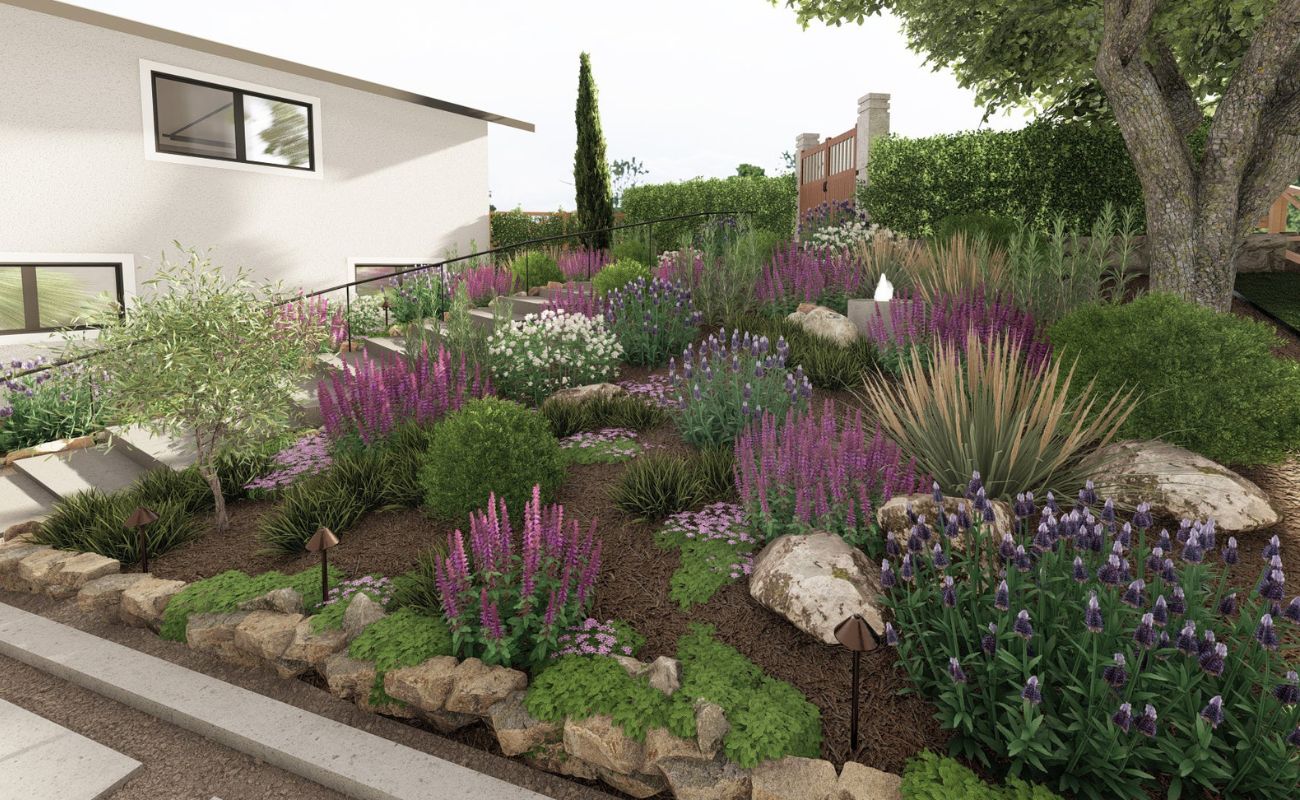
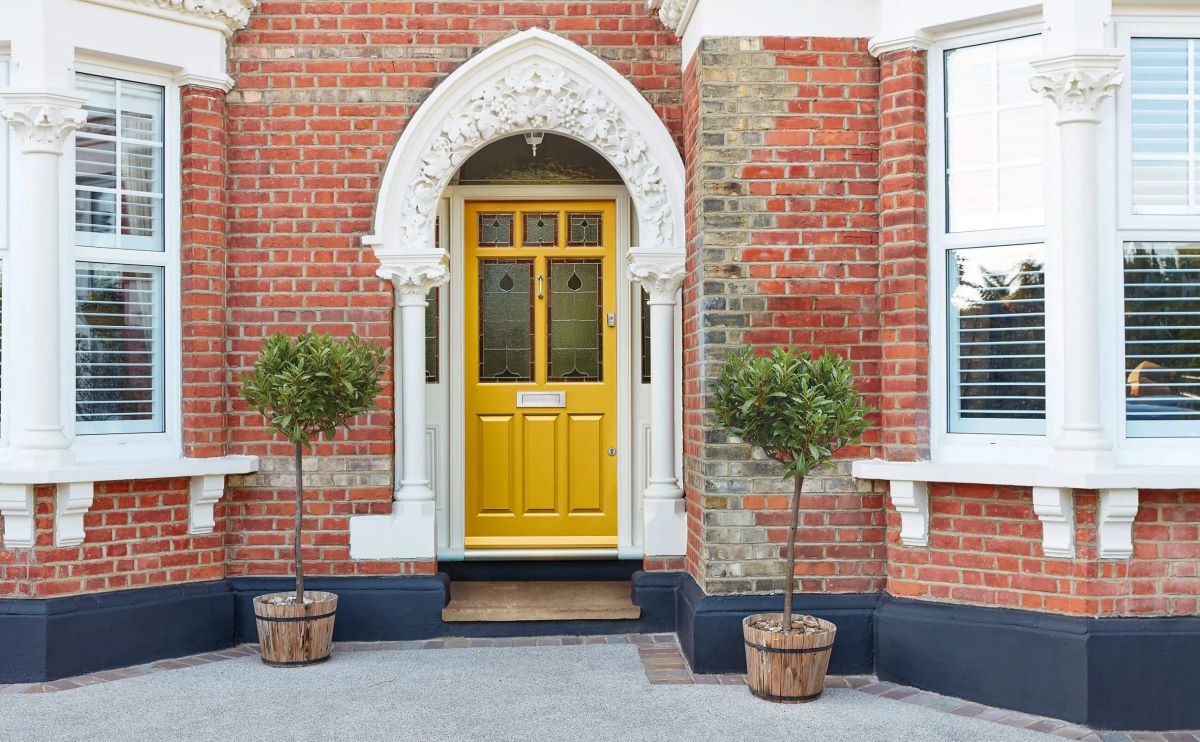
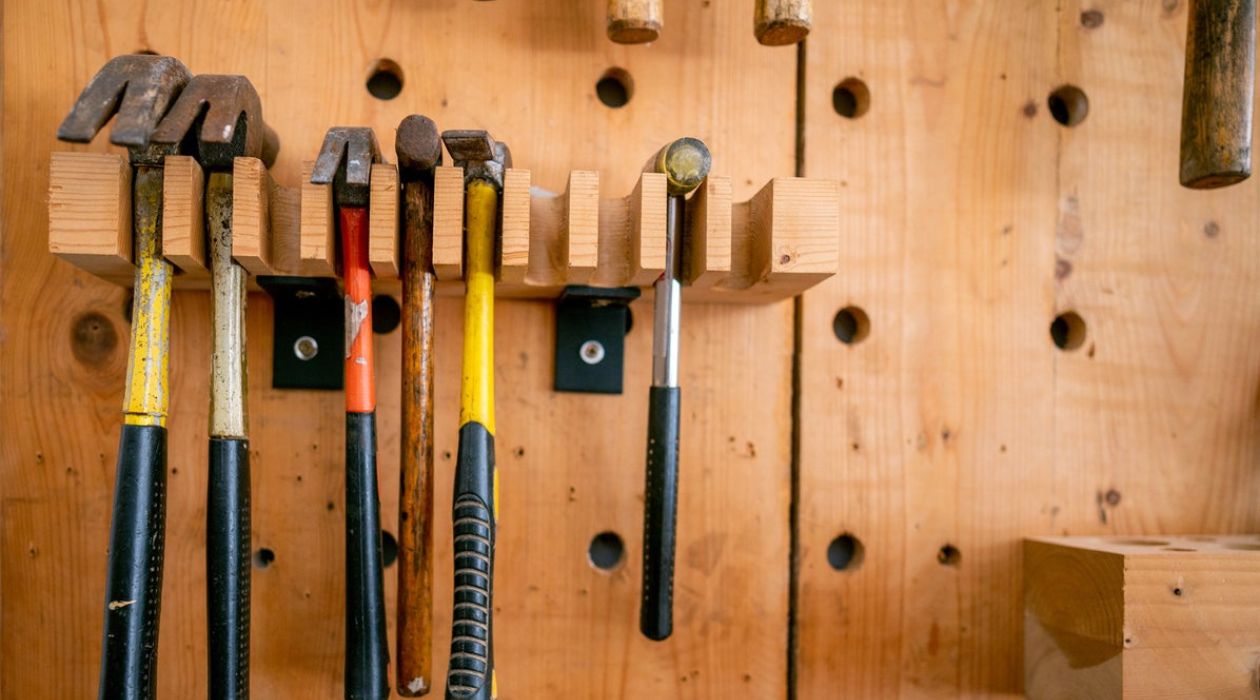
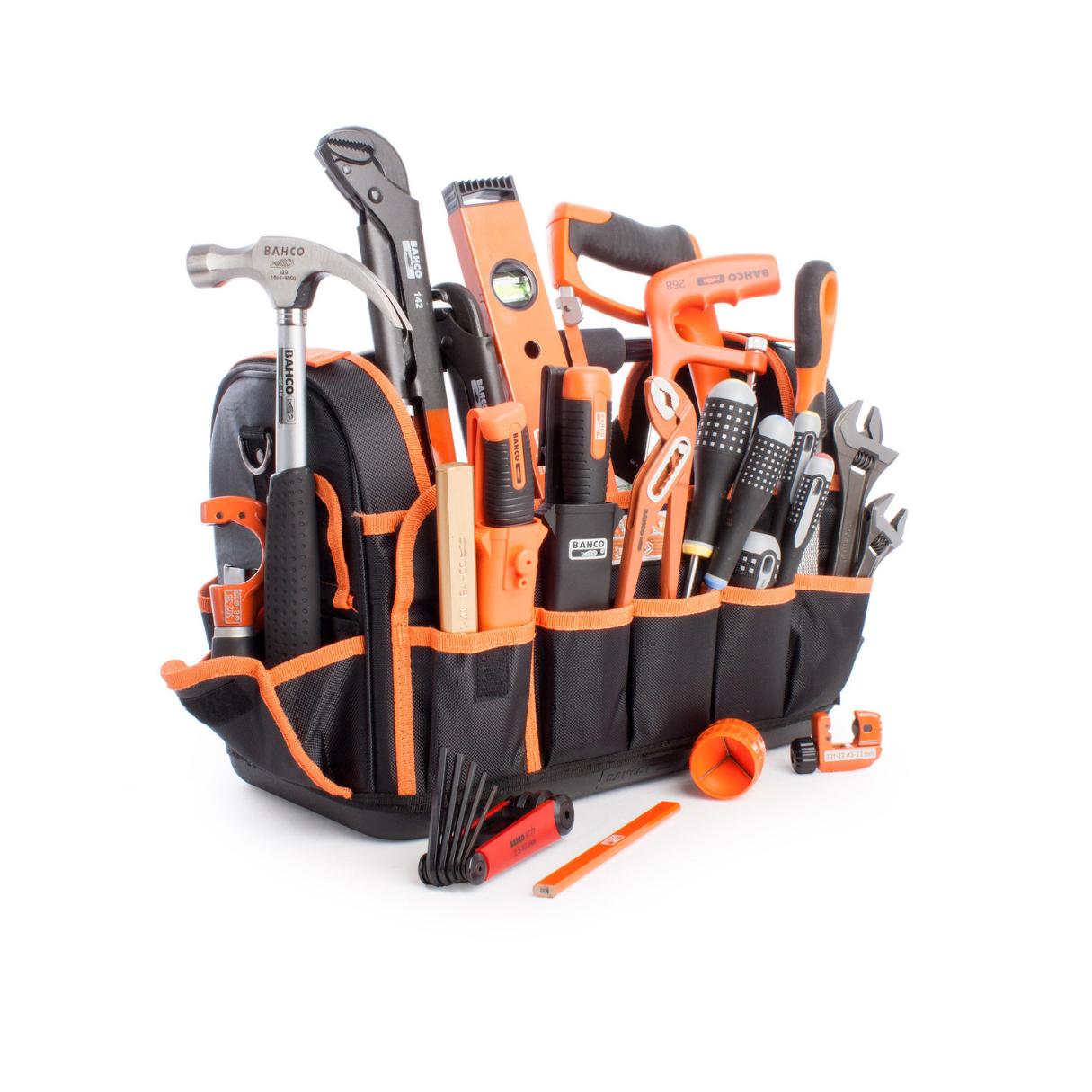
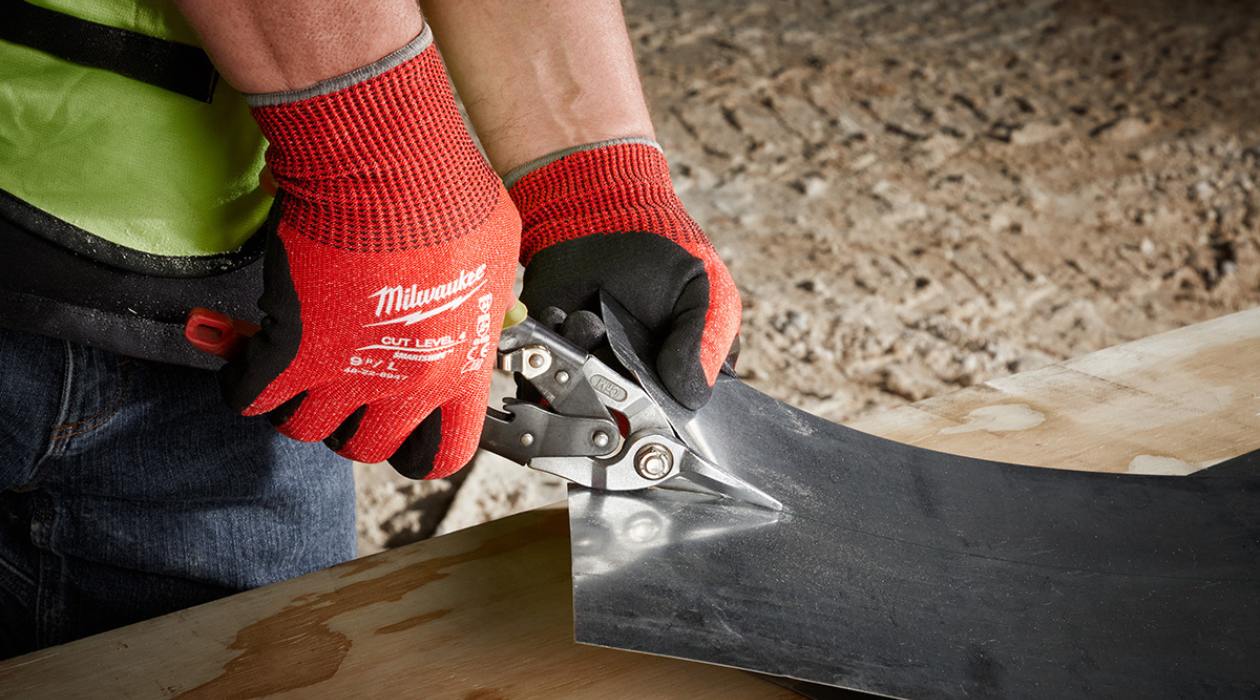

0 thoughts on “What Tools Have Been Traditionally Used In Landscape Design?”